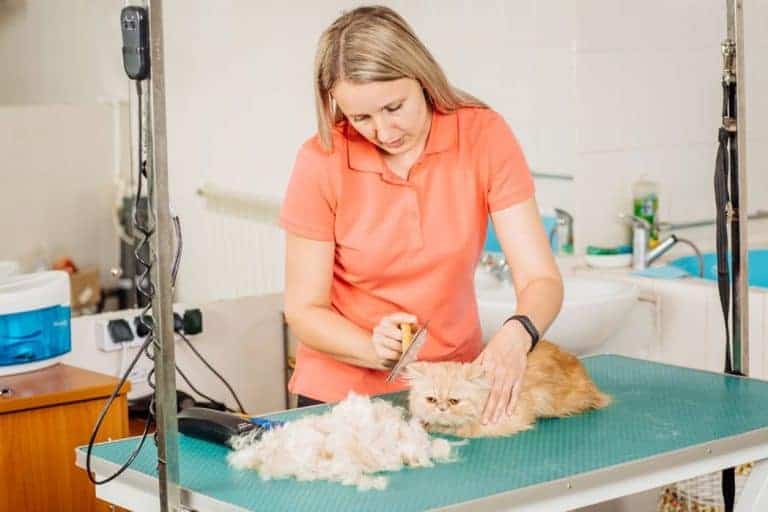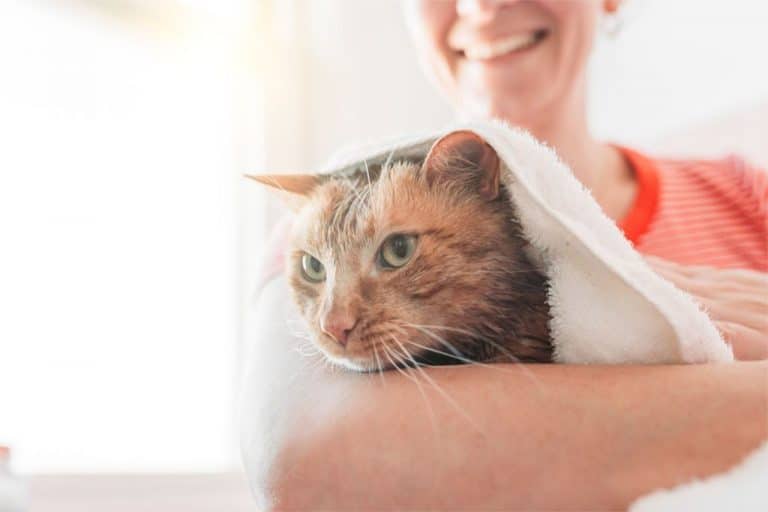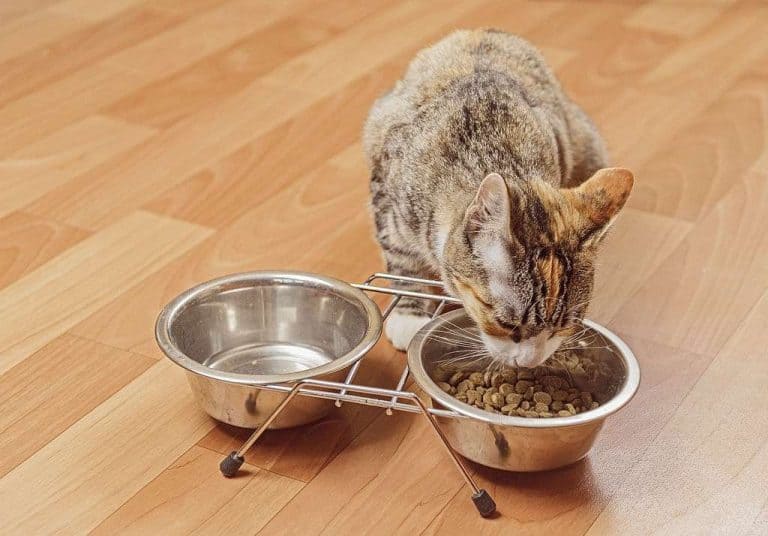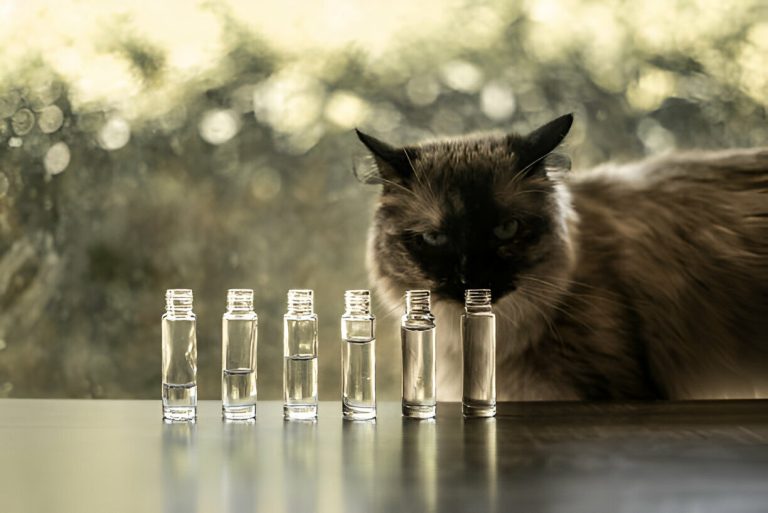Cat Litter Box Problems: Prevention & Treatment
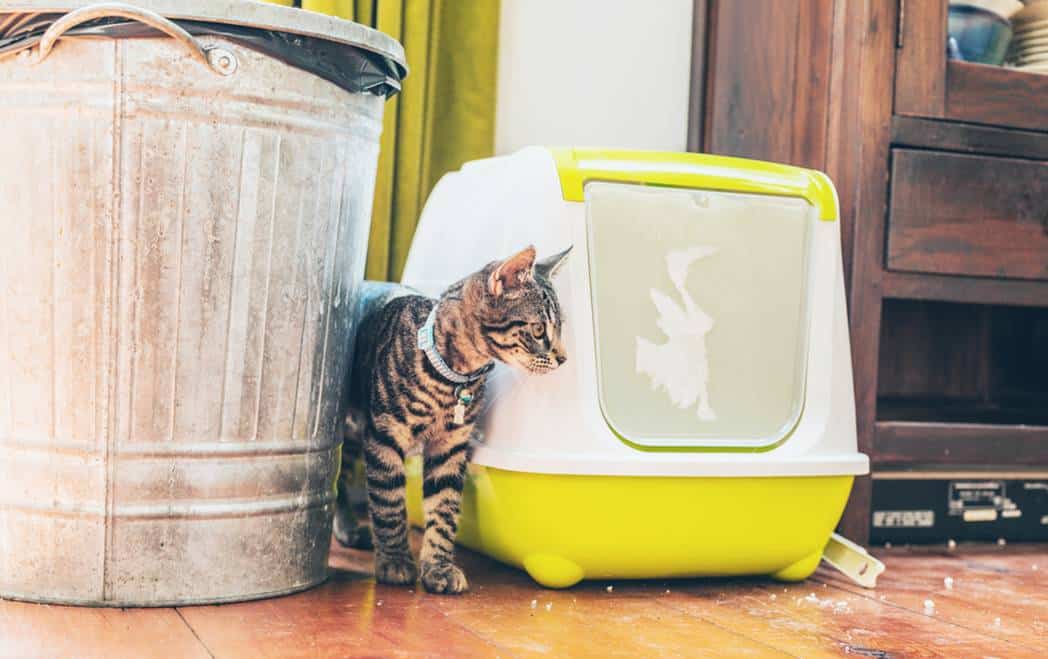
Cat Litter Box Problems
Litter box problems by far are the most common complaint people have about their cats. Eliminating outside the box can be a behavior problem, but it can also be a physical problem. Sometimes, it’s a combination of both. Often, there are a lot of different issues, so it isn’t really possible to pinpoint a single cause.
There can be almost as many reasons for house soiling as there are cats who do it. Perhaps something happened to frighten kitty when she was in the box. If another cat didn’t startle her, then someone may have dropped something that made a loud noise, and she now associates that with eliminating in the box. Think back and try to remember if anything unusual happened around the time she stopped using her litter box.
Often, you’re not aware of what happened — it may even have been a loud noise outside when you were out of the house. There may have been an upset in her routine or there may have been some sort of household stress that she has picked up on. These, too, can cause litter box issues.
Medical Issues
If your cat typically is good about using the litter box and suddenly is not, the first thing on your agenda should be a trip to the veterinarian to have kitty checked out. The culprit could be anything from kidney disease to hyperthyroidism to diabetes. It could be stones or crystals in the urinary tract or a complex and poorly understood syndrome called feline lower urinary tract disease (FLUTD).
Let me burst another myth here: Urinary tract infections are quite rare in young and middle-aged cats.
But just because the cat doesn’t appear to have an infection doesn’t mean there isn’t a medical problem. Stones may be the culprit. But some cats who appear on X-rays to be negative for any kind of urinary tract or kidney stones may still have a sort of mineral sediment in the bladder.
New research by Dr. Jody P. Lulich, the head of the Minnesota Urolith Center at the University of Minnesota College of Veterinary Medicine, has found using ultrasound that these cats have struvite crystals that are irritating the bladder. When the cats were fed a special struvite-reduction diet, the litter box issues often resolved after a few weeks. Pain is often overlooked as a factor in litter box avoidance. Arthritis or other illnesses may also cause pain as the cat gets in and out of the litter box. Cats, especially those who eat an all dry or primarily dry diet and male cats who were castrated before puberty, are prone to urinary tract blockages.
Older females are prone to urinary tract infections, which can burn and sting. These cats squeeze and struggle to get out the urine. If the cat is in the litter box when this happens, the box can be associated with the pain; wishing to avoid the pain, they go elsewhere. Because cats are descended from desert animals, they tend to drink little water, and this is a problem if a cat is eating only a dry diet.
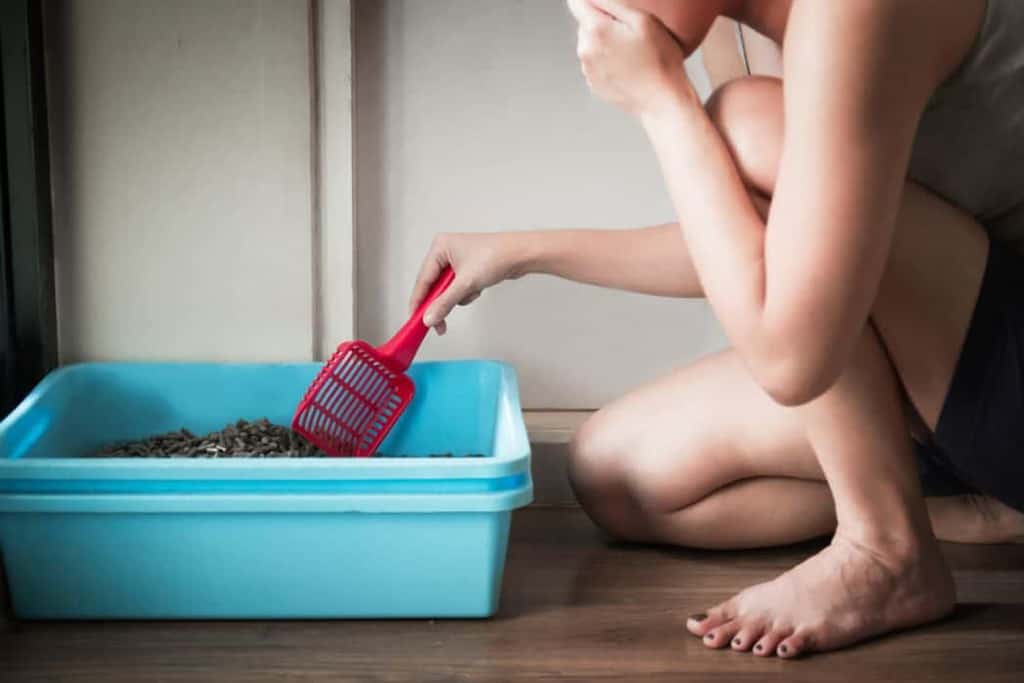
The lack of water can cause constipation, which leads to pain in the litter box when the cat defecates and may have the same result as when a cat has pain on urination. Encourage the cat to drink more.
Many cats love a water fountain and will readily drink water from it. Feed canned or wet food, add broth or water to soak the dry food — whatever it takes. If you notice your cat straining in the litter box or if she’s defecating on the floor, see your veterinarian. If the issue is medical, only veterinary treatment can clear it up.
However, even after the cat is treated, you may have a residual problem of kitty not using the box because she was in pain when she was in it before. If you have several cats, it may be a mystery which one is not using the litter box. But there is a way in which you can discover the culprit. Ask your veterinarian to give you some fluorescein dye.
Add it to the food of just one cat. That cat’s urine will glow green. Try this test with each cat, one at a time, until you find the culprit. If a cat is marking with feces, grind up a little bit of crayon and add a different color to each cat’s food. Write down which cat got which color. You will see the bits of crayon in the cat’s feces the next day.
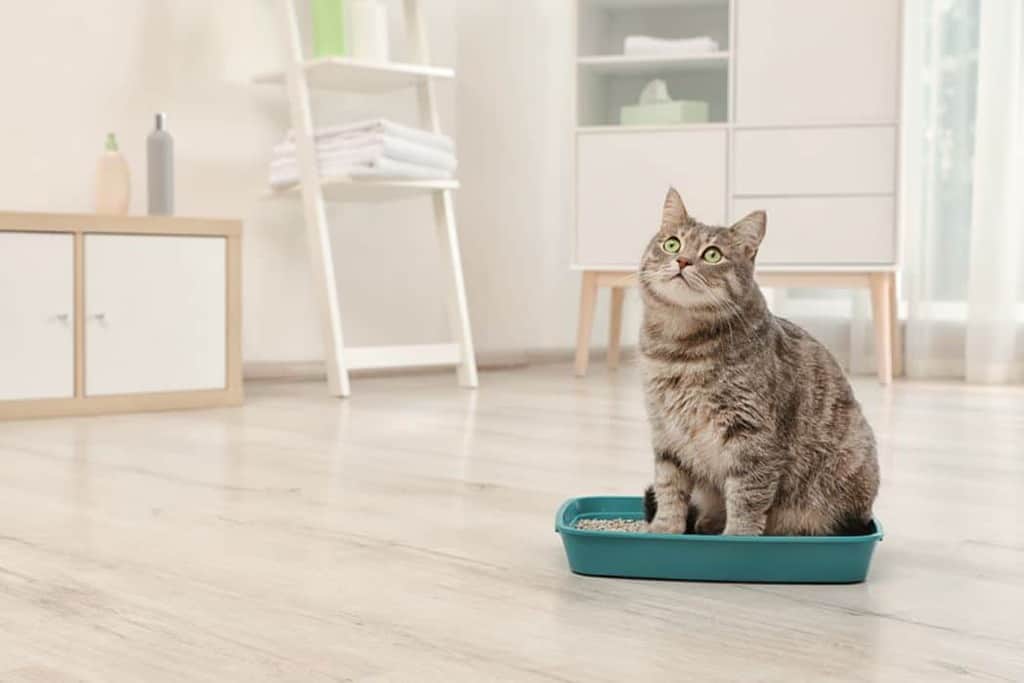
Marking Territory
When searching for the cause of a litter box problem, the most basic distinction is between marking and just urinating and defecating outside the box.
Cats are most likely to mark if they live in a multi-cat household, if they can see other cats or other furry animals through the windows, and if they are male — although females may also mark. Feces are rarely used in marking, although it isn’t unheard of, and cats will mark territory with feces in the great outdoors. You may notice that some cats cover their poop and others leave it uncovered. When it’s uncovered, it’s a statement that Big Bad Kitty was here. When urine marking, cats tend to back up to a vertical surface and spray urine at it.
The male cat’s penis faces the rear, so this is pretty easy for him to do. If your cat is spraying, you will see urine on the vertical surface as well as on the floor just below the marked spot. (If you can’t see the urine, a black light can help you locate it.) If the cat is just urinating outside the box, you are more likely to find larger puddles on the floor.


